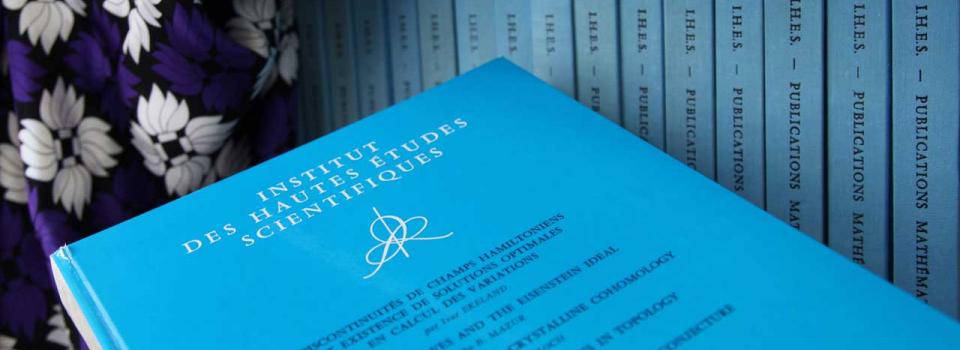
The seminar is sponsored by NYU-ECNU Institute of Mathematical Sciences at NYU Shanghai.
Abstract:
Despite extensive research on extensional flows, there is no complete explanation for why highly viscous fluids extending under gravity can form such persistent and stable filaments with no sign of destabilization from surface tension. We therefore investigate the motion of a slender axisymmetric viscous thread that is supported at its top by a fixed horizontal surface and extends downward under gravity. In the case in which inertia and surface tension are initially negligible, we consider the long-wavelength equations for the full initial–boundary-value problem for a thread of arbitrary initial shape. We show that, eventually, the accelerations in the thread become sufficiently large that the inertial terms become important. Thus, we keep the inertial terms and, using matched asymptotic expansions, obtain solutions for the full initial–boundary-value problem. We show that the dynamics can be divided into two generic cases that exhibit very different behaviour. In the first case, the thread develops a long thin region that joins together two fluid masses. In this case, we use order-of-magnitude estimates to show that surface-tension-driven pinching will not occur if the square root of the Reynolds number is much greater than the initial aspect ratio divided by the Bond number. In the second case, the thread becomes thin near the horizontal surface. In this case, we show that the long-wavelength equations will ultimately break down and discuss the role of inertia in determining the dynamics. The asymptotic procedures require a number of novel techniques and the resulting solutions exhibit surprisingly rich behaviour. The solution allows us to understand the mechanisms that underlie highly persistent filaments.
Biography:
Jonathan J. Wylie is a Professor at City University of Hong Kong. He obtained his PhD and was subsequently awarded a Junior Research Fellowship from King's College, Cambridge. His research is focused on fluid mechanics, granular materials and other industrially motivated problems. He is the author of a number of research papers and has publications in "Science" and "Physical Review Letters". He is an associate editor of "IMA Journal of Applied Mathematics" and "Mathematics-in-Industry: Case Studies".


